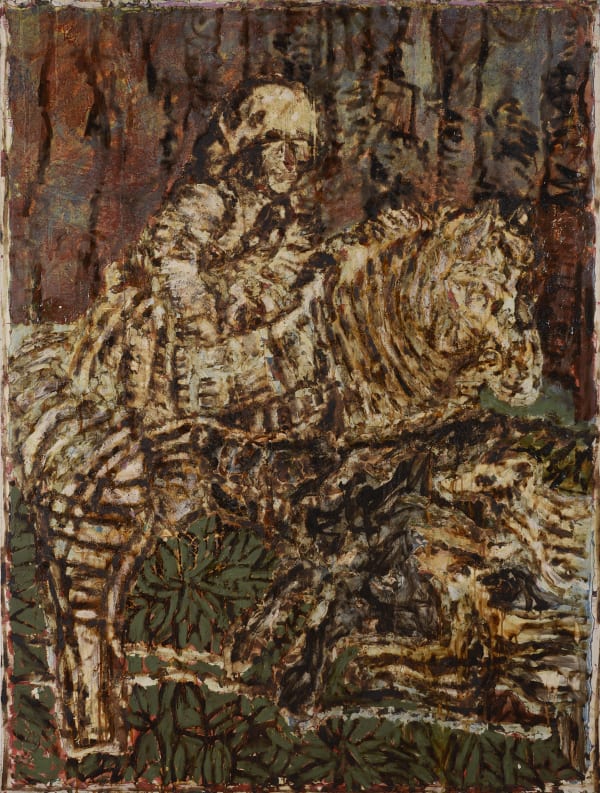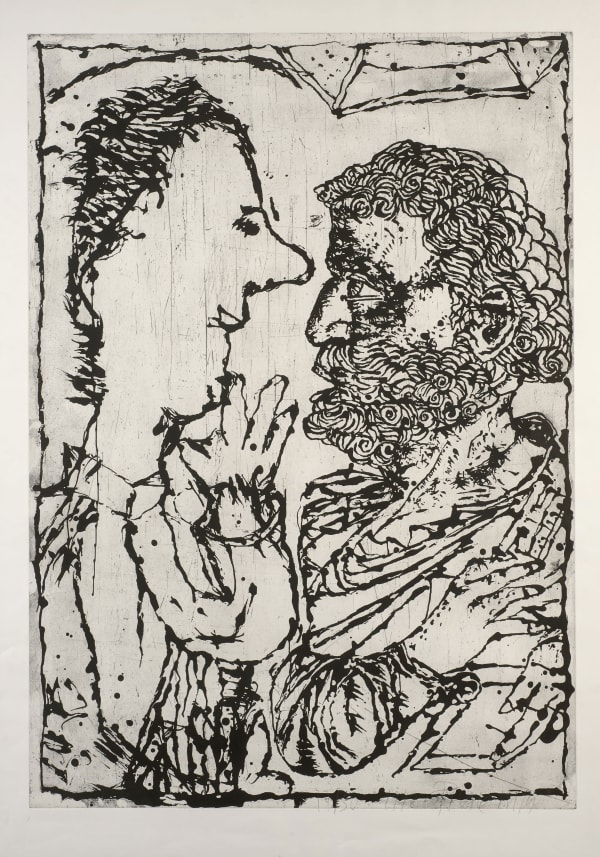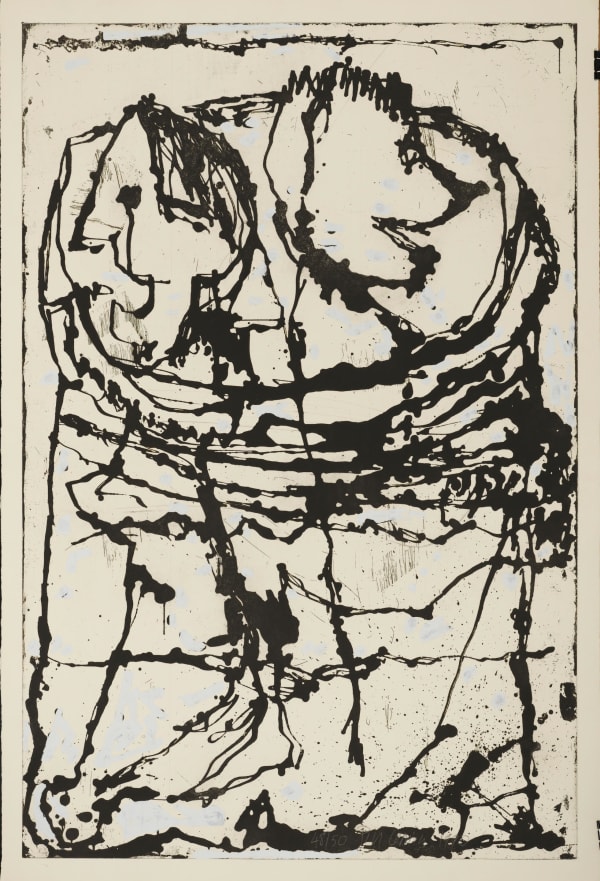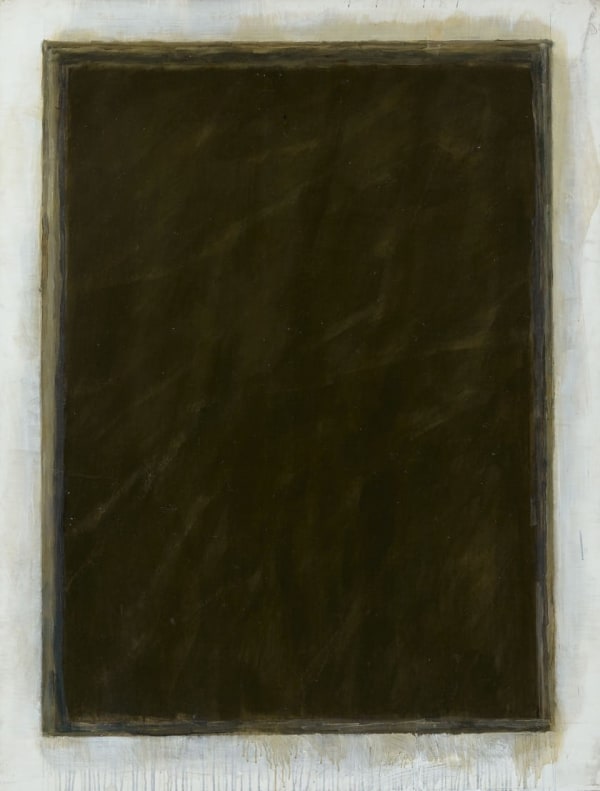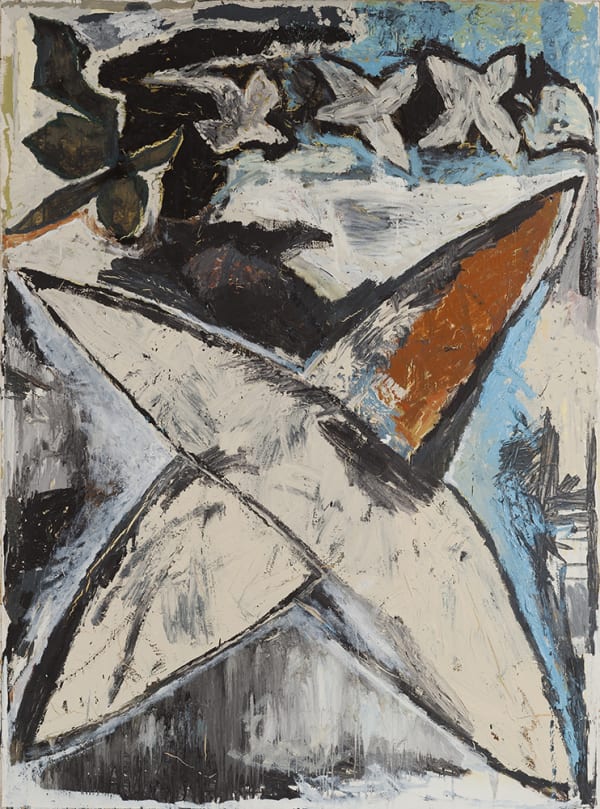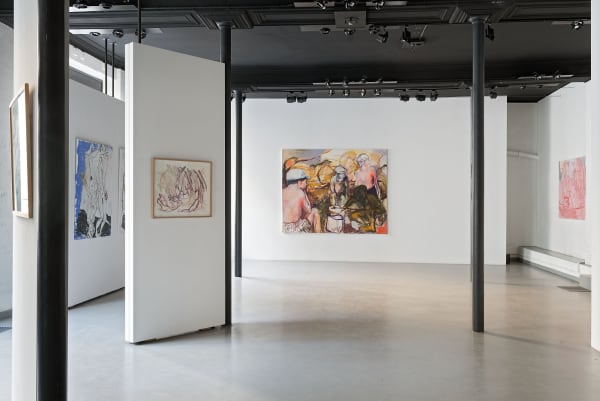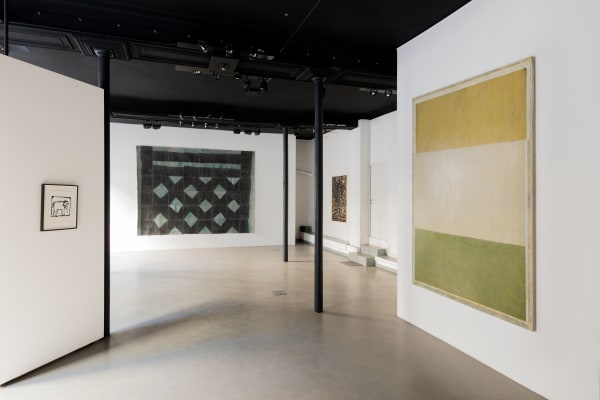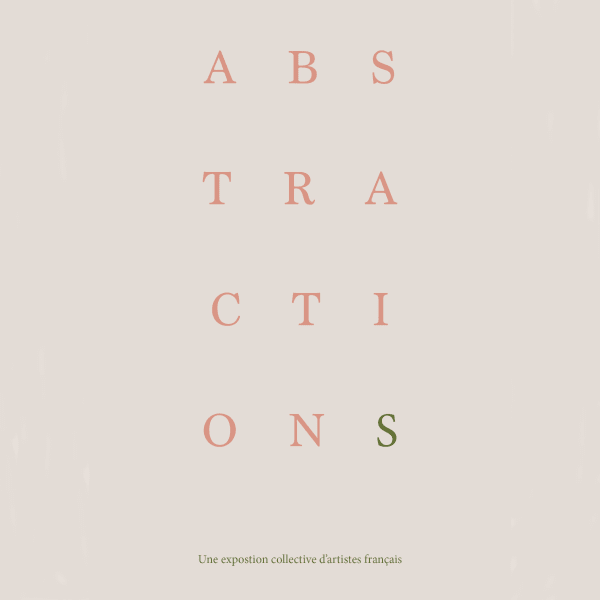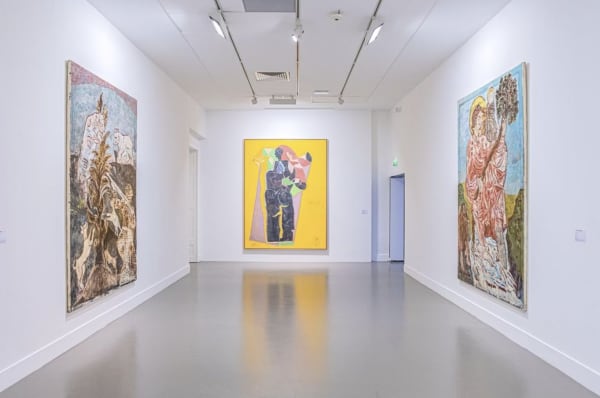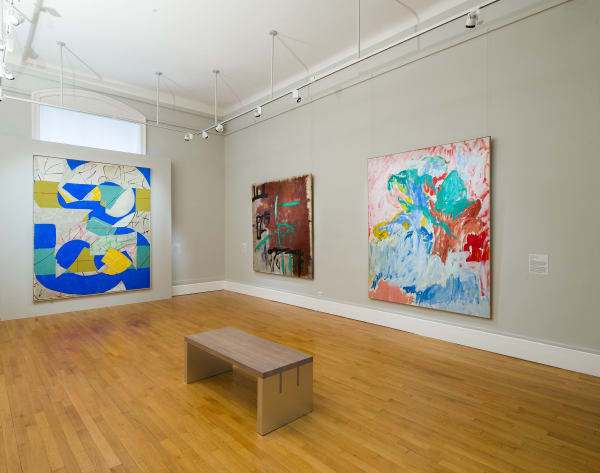JEAN-PIERRE PINCEMIN
“My own story with painting is loving to paint, not knowing how to paint, inventing means to paint, and, then, rather quickly being able to call myself a Western painter.”
Jean-Pierre Pincemin became a painter at age 23. He gave up his job as a factory metal turner. His teachers: passion and the urge to create. From 1968 to 1973, Jean-Pierre Pincemin tried his hand at glued squares. First, the canvas was dipped in a tub of paint. Next, it was cut up and assembled in irregular geometric figures, squares, and rectangles.
By 1971, Jean-Pierre Pincemin had joined the Supports/Surfacesmovement, which sprang up in the late 1960s. This movement, inspired by Matisse’s cut-outs, was situated close in time to another new abstract movement in the USA and in France, Hard Edge painting, with the likes of Simon Hantaï and Claude Viallat. The concept behind this movement was a focus on the physical reality of the painting.
At the end of the 1990s, Jean Pierre Pincemin decided to junk everything but assimilate everything. This meant every style, every support, every technique, every genre. When arthritis set in, Pincemin turned to producing polychrome sculptures in his image, assemblages of painted scraps of wood stapled together.
His themes in his work have ranged from trees, religious topics, war scenes, the erotic, and also portraiture. Jean Pierre Pincemin became the most audacious of technicians, mixing oil with or without tar, and using other very personal mixtures. His favoured canvas, paper, and also photographic posters as supports.
Jean-Pierre Pincemin was born in France, in 1944. He started out as a factory mechanic. His first visit to the Louvre Museum fire a passion for painting. After a period as an art critic, he switched to creating his own paintings and sculptures and had his first showing in 1968.
These works were the result of research that was light years from traditional brush work. It involved folding, using brick imprints, meshes, and working with canvas as a new material. By 1971, Jean-Pierre Pincemin had joined the rather recently created Supports/Surfaces movement. Throughout his corpus of work, Pincemin vacillated from abstraction to figuration.
Jean-Pierre PINCEMIN from Claude Mossessian on Vimeo.
-

A COLOR SHOW
Exposition collective 22 Sep - 19 Nov 2022Exposition collectiveRead more -

SUMMER SHOW
Exposition collective 30 Jun - 31 Jul 2021Read more -

New Paintings
5 Dec 2020 - 6 Feb 2021Read more -

JEAN-PIERRE PINCEMIN
Jubilation 19 Sep - 7 Nov 2020Press Release Galerie Dutko is pleased to present from September 190 to November 7 a retrospective exhibition of works by French painter Jean-Pierre Pincemin (1944–2005). This is the artist’s second...Read more -

Abstractions
Une exposition collective d'artistes français 10 Mar - 25 Jul 2020Read more
-

/ART FAIR/ Art Genève 2025
STAND D37 30 janvier - 2 février 2025It is in the halls of the Louvre that the young Jean-Pierre Pincemin discovers the painting of the great masters of art history. His encounter...Read more -

/GROUP EXHIBITION/ Jean-Pierre Pincemin - Parade
MO.CO, Montpellier 26 October, 2024 - 12 January, 2025 Read more -

/Group exhibition/ Beatrice Casadesus, Monique Frydman, Jean-Pierre Pincemin, Christian Sorg - Le choix de la peinture
Musée de Tessé, Le Mans 10 February - 9 June, 2024 Read more -

/Solo exhibition/ Jean-Pierre Pincemin - Sculptures / Peintures
Orangerie des Musées, Sens 14 May - 10 October 2022 Read more -

/TEXTE/ Jean-Pierre Pincemin
Une introduction à l'œuvre - Par Hugo Dufon Release November 2021EVEIL Jean-Pierre Pincemin est né le 7 avril 1944 à Paris. Une époque sévère. De ces premières années de l’existence, Pincemin nous dit peu chose....Read more

